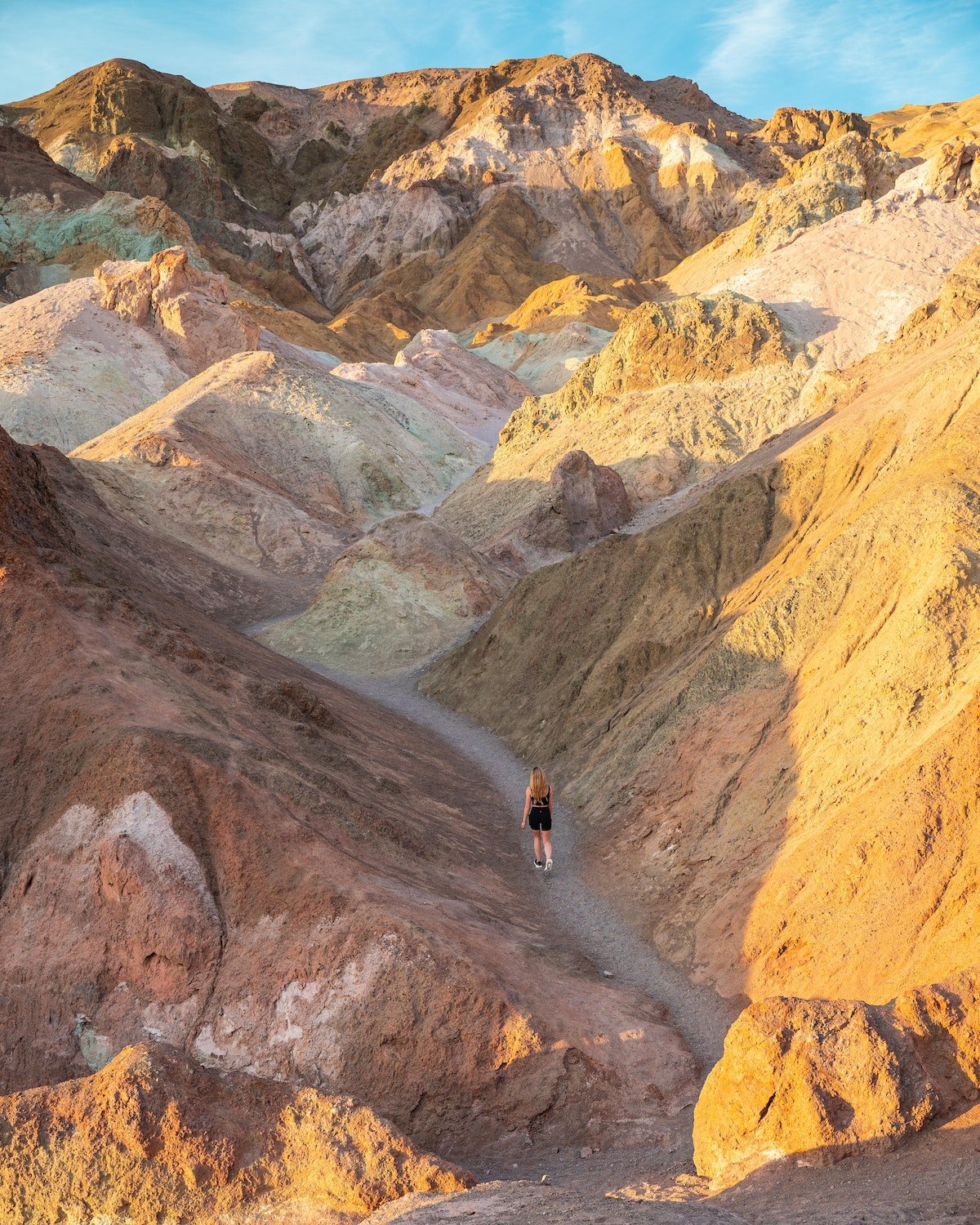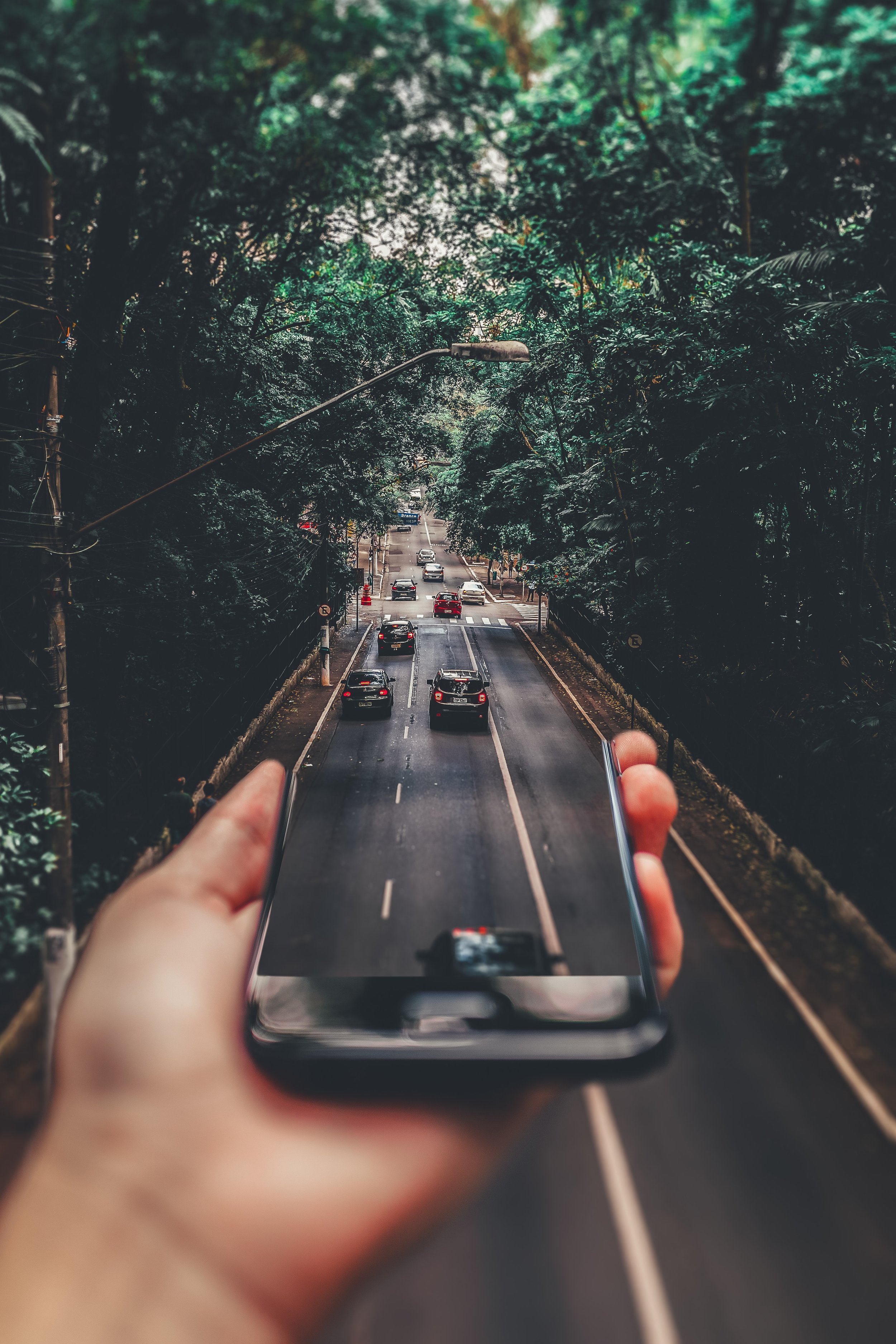Start-up series: Why you need a vector logo
In this series, we’ll be covering a number of fundamental concepts for start-ups and those that’ve just started their own enterprises to help get you going when forming a brand.
The differences between vector and raster logos are quite basic, yet often misunderstood:
VECTOR
A vector image is fundamentally a mathematical algorithm. It’s a series of lines that make an image when used in a certain way. You build it by specifying the start and end points of a ‘path’, then specifying the colour of everything inside the paths. This makes it infinitely scalable (i.e., you could make it any size and it would still retain the crispness and hard edges that a small version of it has). You need a vector version of your logo for times when you need to scale it to a large size very quickly, change the colour to a specific value or reproduce it in different styles.
An example of a vector image is an Adobe illustrator file (filename.ai) or a Scalable Vector Graphics image (filename.svg).
RASTERISED IMAGE
In contrast, a rasterised image is a defined number of coloured pixels arranged to form an image. The pixels have a defined height and width that means if the image is expanded beyond a certain size, it’ll look ‘pixelated’ (i.e., where the crisp and clean lines are lost and the image takes on a certain jagged look). A rule of thumb to understand this is the resolution, the higher it is – the bigger you can expand the image before it looks distorted.
An example of a raster image is a Joint Photographic Experts Group (filename.jpeg) or Portable Network Graphics (filename.PNG).
Your design team will provide you with both kind of logos (that may look exactly the same), and if you need new design products (such as pitch deck, business cards or posters), the new designer will usually ask for both kinds of logo in case they need to alter it somehow to fulfil the brief.





